As a survivalist, the most common long-term goal is usually to have enough food, water, and other supplies to be self-sufficient. For many, that also means having a steady supply of meat and other animal products. The average American will eat around 274 pounds of meat yearly, which doesn’t include seafood or fish. Beef, pork, and chicken are the most commonly consumed meats in the United States.
When you’re planning your survival homestead, there will come a time when you need to decide what sort of livestock you plan to raise. Are cows a good investment for survivalists or will they end up being more trouble than they’re worth?
Things to Consider Before Raising Livestock
Raising livestock, regardless of the species, takes significant time and money. There are a lot of variables you’ll want to consider before you bring home your first cows, goats, chickens, or other farm animals.
1. Purpose
Why are you planning to purchase livestock? Are you planning to create a breeding herd you can sell or slaughter as needed? Are you planning to sell or trade the meat or other animal products – such as leather from cows? Are you going to sell live animals?
2. Space
Raising livestock requires a lot of space. One cow and her calf need up to two acres of land to graze over 12 months. Other animals, such as birds or goats, take up less space but might require more supplemental feed.
3. Feeding and Watering
How are you planning to feed and water your animals? Will you rely on hay or feed that you purchase from other sources, or stick to strictly grazing? What are your plans for the winter months when grazing might not be an option due to snow on the ground? Is there enough available water to keep your animals healthy?
4. Waste
There’s no delicate way to say this – cows poop a lot. One 1,400-pound dairy cow can generate up to 14 gallons or 120 pounds of waste a day. Cow pies can be an inconvenience if you step in them, in addition to providing breeding grounds for flies and other pests. What is your plan for dealing with animal waste?
5. Shelter
Regardless of your farm’s location, you’ll need some shelter for your animals. In northern latitudes, you’ll need to protect them from the cold in the winter. You’ll need shade and protection in southern regions to keep them cool and prevent sunburns. Do you have enough shelter for the animals you plan to keep?
6. Laws and Regulations
While we won’t have to worry about local laws or regulations regarding raising livestock in a survival situation, as of the time of this writing, the world hasn’t ended, so we’re all still subject to the laws of man. Are there any laws forbidding you from raising livestock in your area? Are there any special permits that you might need to obtain before you can start bringing animals to your property?
While we’re talking about cows, it’s important to note that these variables can apply to any livestock you choose to raise.
Benefits of Raising Cows
Raising a herd of cows can be a great way to ensure self-sufficiency in a survival situation. What are some of the benefits of raising cows?
1. Food Supplies
Meat is one of the biggest reasons for keeping cows. One large meat cow can provide upwards of 440 pounds of beef. As long as you’ve got plenty of room to store it, tools for drying or preserving, or people to trade with, it’s a fantastic way to supplement your food supplies.
2. Leather and Bone
Tanning leather is a messy process, but you’re left with a durable material that you can use for clothing, furniture, tools, and more. Cow bones – especially the larger leg bones – are incredibly strong and can be used for creating tools or cooked down for making gelatin or bone broth.
3. Fresh Milk
Once a calf is weaned, the mother cow often still produces large amounts of milk. In addition to being a valuable supplement to your diet, milking your cows helps keep them comfortable and prevents conditions like clogged milk ducts and mastitis that can be dangerous for the heifer’s health.
4. Manure for Fertilizer
Meat should only represent one part of your diet. Farming can help you maintain a varied diet, and manure generated by cows, especially when mixed with other compost, can be an excellent fertilizer.
5. Draft Animals
We usually think of oxen pulling plows or hauling carts, but cows can be trained to do the same thing. As long as your cows are lead-trained and easy to work with, you may also be able to use them as draft animals around the farm.
6. Trading or Bartering
If you’ve got more cows than you know what to do with or a bull calf that you don’t want to keep for breeding purposes, you can trade or barter animals with other survivors in exchange for supplies you might need but can’t make on your own.
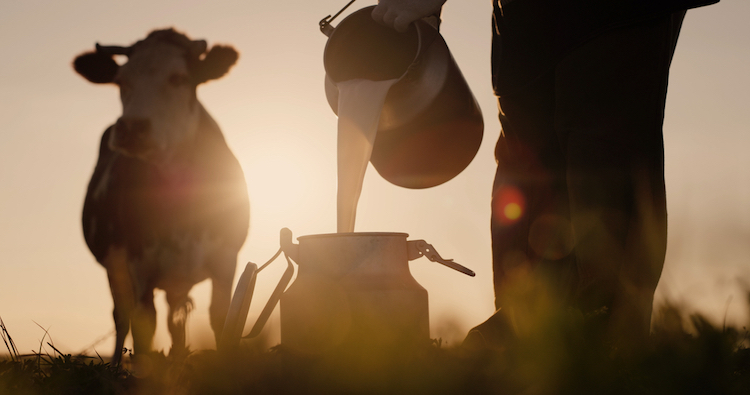
Challenges of Raising Cows
Raising cows might look easy to the casual observer, but it requires a lot of work. What are some of the challenges you might face when raising your herd?
1. Initial Investment
Cows are expensive in their initial purchase price and what it costs to raise them. Expect to spend around $1,200 for a cow and up to $2,000 for a bull, depending on market costs. From there, you also need to consider the costs of shelter, food, water, and other expenses that all come with raising cattle for beef or milk.
2. Containment
Fencing is essential if you don’t want your herd to wander off. Even then, a good thunderstorm or other events that scare your cattle into a stampede could see them barreling through even the strongest fences. Make sure you’re not skimping on your containment.
3. Breeding
Breeding is simple. Put a bull and a cow in a pen together and let nature take its course. Breeding responsibly, on the other hand, is a lot more challenging. You need to pay close attention to the genetics of your animals as well as observable traits like body type, temperament, ease of birth, and more. You also must choose your breeding pairs carefully to prevent inbreeding and damaging your herd’s gene pool.
4. Veterinary Care
We may breed them for food, but they can still require medical care. You don’t necessarily need a degree in veterinary medicine to raise cows in a survival situation, but having a basic understanding of what might go wrong – and how to fix it – can protect your herd in the long run.
5. Pollution
With current large-scale livestock production, cattle are among the worst offenders when it comes to methane production. Even for small-scale private farms, you need to be careful that cattle waste isn’t potentially contaminating local water supplies.
Alternatives to Keeping Cows
Cows aren’t the only type of livestock you might want to consider when planning your survival homestead. Each has its pros and cons, but varying your collection of animals can increase your survivability in the long run.
Chickens, ducks, and geese are all great options for meat and eggs. They’re relatively easy to raise and can provide you with plenty of food to keep you fed throughout the year. Birds also have the advantage of providing feathers, which are useful for everything from stuffing bedding to fletching arrows. Raising them with cows can prevent manure from becoming a problem. The birds – especially chickens – will follow behind the cows, eating the fly larvae and other pests from the cow pies.
Pigs will eat nearly anything you offer, making them an excellent tool for using any food waste you aren’t planning to compost. Depending on the breed, they can also grow huge, which means more meat for you to eat, store, or barter with when it comes time to slaughter. Their tendency to root around in the soil looking for mushrooms or insects can also help aerate a field to get it ready for planting.
Goats produce meat and milk and are another species with a reputation for eating just about anything. They are incredible for keeping grass and other foliage cut short, which can be a boon during fire season. They’re also easy to raise and often very friendly, so working with them is a breeze.
Sheep are ideal if you need wool for weaving warm clothing. You can shear them every year, which keeps them healthy and provides wool for spinning. Both adult sheep and lambs are also often bred for their meat.
You can also choose to keep more exotic options. Quail are small and easy to raise, and they produce eggs, meat, and feathers. Llamas or alpacas might not be meat animals but are ideal for wool production. Elk and reindeer are suitable for northern latitudes for both meat and leather. Emus or ostriches are great for eggs, feathers, and meat.
There are plenty of options out there if traditional livestock doesn’t meet your needs.
Are Cows a Good Investment?
Are cows a good investment for survivalists? Yes, if you have the space to raise them and the time to take care of them properly. Otherwise, other livestock options might suit your needs a little better.


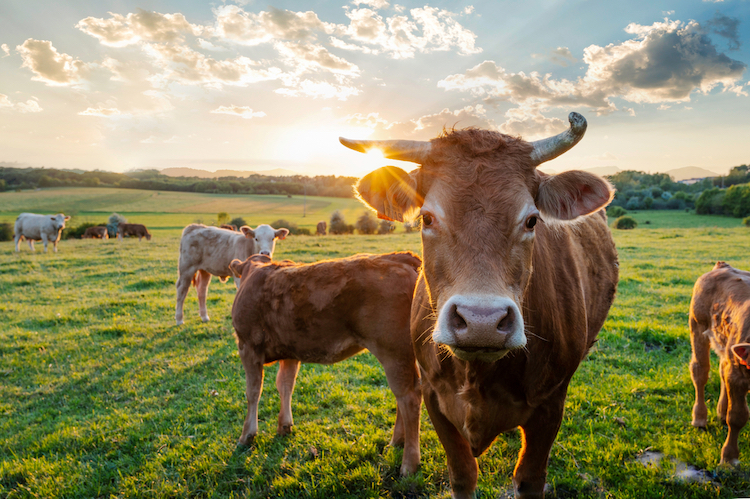


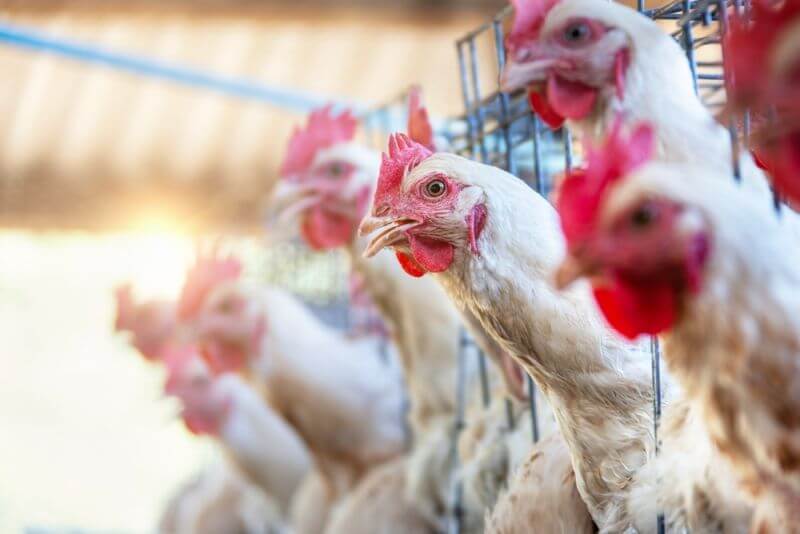
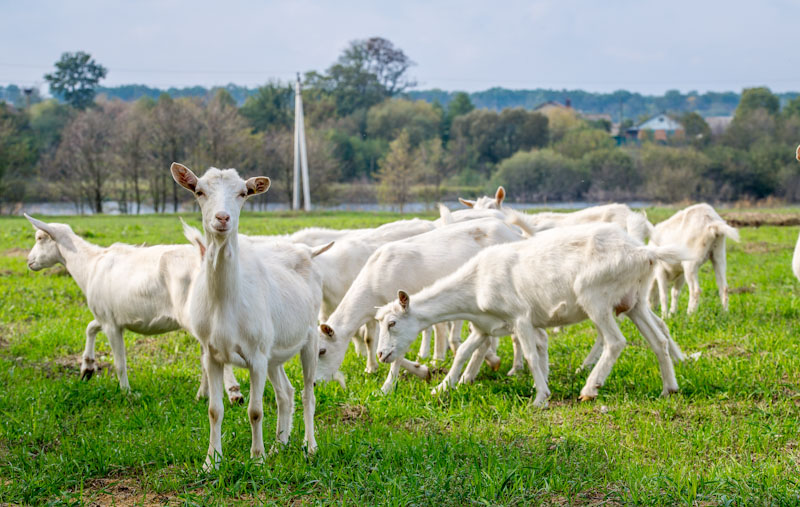
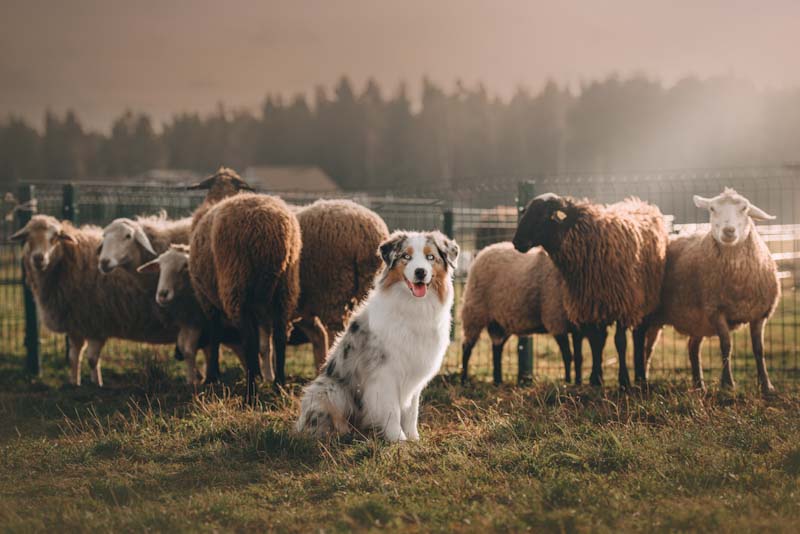
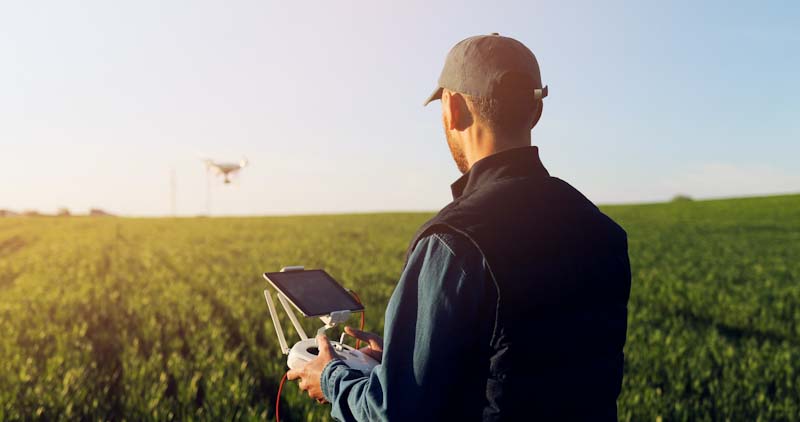

radar | April 13, 2023
|
Martin, you are not serving SurvivoPedia well when readers don’t comment; and I suspect that some readers, as soon as they see you are the author, they don’t even read your articles and because you demonstrate little experience, if any, in what you write about. Instead of talking about things you know little about, try talking about things you know about; and even try testing a product or two to determine if you like it or not. For all the talk I have heard about 550-paracord, I hate the stuff. I don’t care how strong it is on a dead-weight pull. I want my knots to stay tied and not loosen up. I like tar-line a lot, it holds a knot even when it is not tied tightly. Do some testing of products always being advertised and then write about your opinion; and ask your readers for a solution to concerns you may have, or what their experience has been. You will get a lot of feedback. Put your first words on paper– “Hey reader, I need help with something? All readers will read that and consider a possible response, even if it is just “Yah, that happens to me also”.
I keep reading articles about drones (Bob Rogers popped up on that in today’s read also). I have never used a drone. Have you Martin? If so, what did you like or dislike; and ask for reader responses. What about skateboards? My first skateboard was old 1950s era roller skates taken apart and screwed to a board. I fell at the first sidewalk crack. I was about 7-years old. But a tall teen gal roller skates down streets and sidewalks regularly and she runs her dog with her. She loves it; and it is good exercise and she can skate faster than I could run away from a bully. Write about something you know about and then ask readers what they think. Nobody minds a young guy asking their opinion!